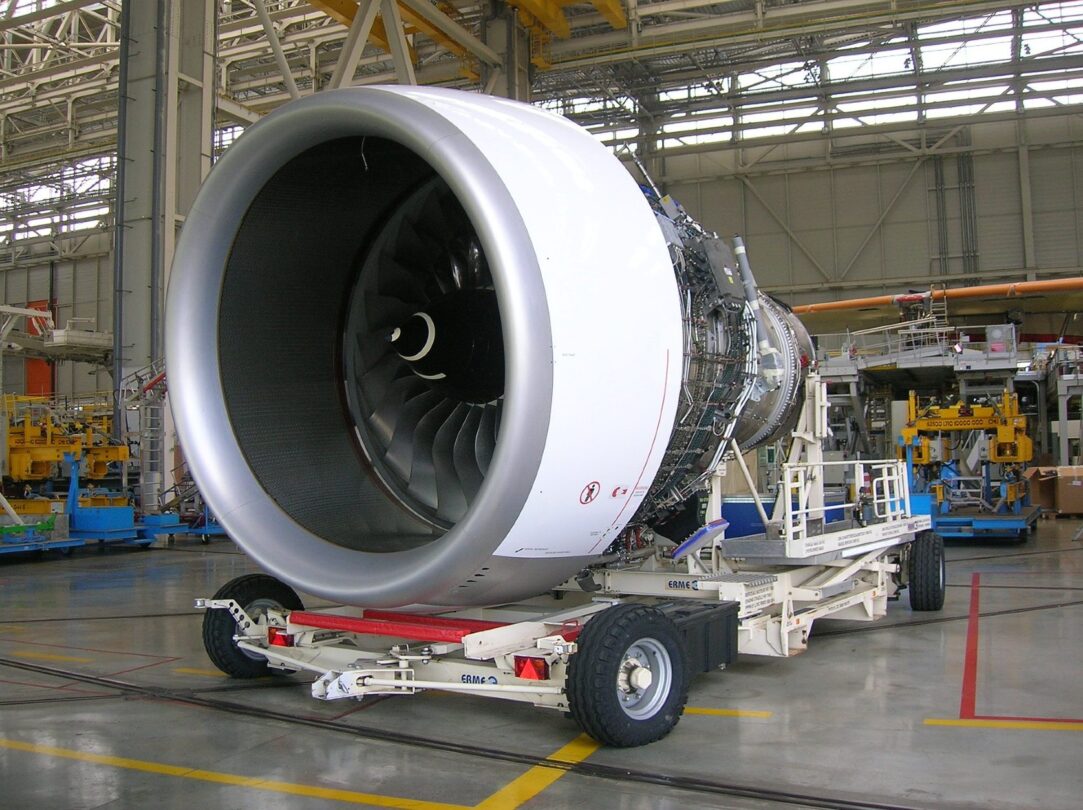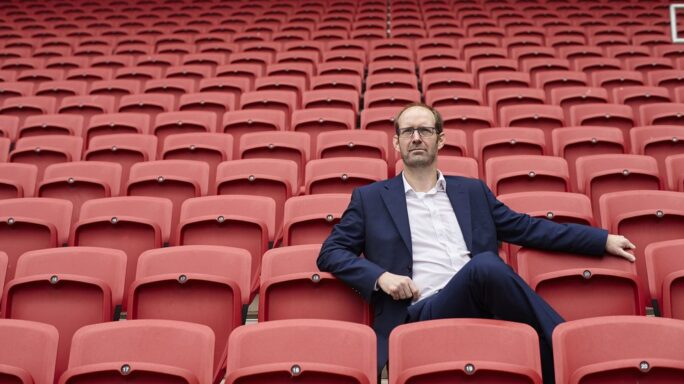3 lessons for CFOs from Rolls-Royce’s digital transformation
Declan Guerin, group chief restructuring officer at Rolls-Royce, highlights three areas that CFOs should focus on to make digital transformation a reality.

Rolls-Royce is at an important moment in its history, with a stated aim to become the world’s leading industrial technology company.
It has a name that is globally famous with a rich legacy and history, championing the best of UK engineering.
Founded in 1906, the British company may still be associated with luxury automobiles (Rolls-Royce Motor Cars a wholly owned subsidiary of BMW). But in fact, it’s an engineering business that builds products such as heavy gas turbine engines for aviation, heavy diesel and gas engines for trains and trucks, and power systems.
Declan Guerin is the group chief restructuring officer at Rolls-Royce, a senior finance executive with more than 20 years of international experience.
Previously the chief financial officer of the Marine Division at Rolls-Royce and with leadership experience in mergers and acquisitions, business development, financial controllership, restructuring, strategy development and corporate finance, he shared experience and insight into Rolls-Royce’s organisational revitalisation plan at the 2018 CFO Rising conference in London.
Of Rolls-Royce, he said: “The group is over 100 years old. It’s an institution. We’re in a situation where we have brilliant and fantastic high-end technology such as jet engines on aeroplanes that keep us moving every day and cannot fail. We have brilliant people.
“The problem is we don’t make any money. We haven’t made cash flow of any significance for many years and basically that’s not something that can continue in the future.”
Restructuring at Rolls-Royce
Rolls-Royce has had a number of restructuring programmes before Declan arrived, focusing on the financial side with cuts in headcount. However, it is also was the culture and organisational health that needed changing.
He said: “This time around we’ve been balancing financial improvement in getting the cost base and structure fixed, with improving the organisational health of the company. The latter is the harder part but it’s what makes this transformation sustainable, so we can get any improvements we do to stick.”
In this article, Declan elaborates on three areas that CFOs can focus on in their bids to bring digital transformation to the forefront when it comes to business strategies.
Sage Business Cloud X3
Need better insights into your business? Sage Business Cloud X3 provides you with fast, simple and flexible business management, helping you to manage your business and boost your profits.

1. Get leadership buy-in
Successful organisational revitalisation demands buy-in from senior leadership. This isn’t just the CEO – this demands a senior management team that shares the same vision and is the only way you turn dreams of disruption into reality.
This will be a challenge, of course – proposals that ask for disruption needs to consider the effect on the parts of the business already working successfully, and what has been asked of by shareholders.
Declan felt that in the past, Rolls-Royce’s organisational change plans were “soft” and that if he was going to take the task on, it needed to be called what he says is a “fundamental restructuring plan”.
He said: “As I was discussing this with senior leadership, quite a few people canvassed me to say you can’t call it a restructuring. But I needed the organisation to say this was going to be really deep and even quite radical.
“We needed people to understand that it’s going to take a big mental shift. It was revolution, rather than evolution.”
2. Consider a digital culture change
Businesses of a certain size will not be able to do everything needed for successful organisational revitalisation, which means a strong partner ecosystem might be key.
As well as providing guidance and expertise for strategic technology decisions, they can support a business on what could be a cloud transformation journey.
It’s also about using capital efficiently. It’s simply not possible for businesses to throw money at every new great idea, which means the finance team has decisions to make on what kind of enhancements and new projects to put money in.
Declan said there are questions that need to be asked before putting money into technology investment: “Is it going to make a return, or help our digital transformation journey? Is it part of our long-term ambition?”
For Rolls-Royce, organisational revitalisation is also about accelerating a culture change, going forward with pace, simplicity and operational efficiency.
“It’s about working at speed, but also changing course at speed if you need to. With the Rolls-Royce marine business, we reorganised, changed and morphed each year to meet the revenue line,” Declan added.
“It worked very well – the trick is to let people be part of the change and do it themselves. There is a very high empowerment element.”
3. Balance short and long-term needs
For Rolls-Royce, it’s particularly difficult to judge the benefits of organisational revitalisation when it comes to affecting product value streams.
For example, a Rolls-Royce-produced jet engine has a product lifecycle from seven to 10 years – beginning from product concept and moving to stages such as research and development, manufacturing, processing and delivery before ending in service and flight.
Declan has a warning for businesses with similar product lifecycles: “When you make changes, it might be an improvement that we see the impact of at a minimum of seven years. That’s quite hard to balance with markets that are demanding yearly cash flow increases.”
Rolls-Royce, in common with other businesses, is looking at organisational revitalisation to provide disciplined investment and technology innovation, market leadership, strong performance, and the attraction and retention of the best people.
It can be challenging to embed new practices in an organisation. In many businesses, one of the biggest digital transformation challenges is embedding radical new practices when things have been done for years, and even decades.
People are centrally important to a successful digital transformation strategy, so it’s important to make the best use of existing talent.
Yet it’s not a simple question of letting them do what they want to do – successful businesses motivate employees to work in a product and efficient way.
“It’s one of the great advantages of the Rolls-Royce group in that we have a very high element of IQ – after all we’re creating jet engines and nuclear submarines,” said Declan. “The problem is that these people can over-analyse and over-engineer every single process.
“What we need is a little more agility and business acumen – the ability to twist, turn and pivot at very short notice along with the good engineering. We’ve had people at Rolls-Royce who’ve come up to leadership positions and haven’t built these capabilities.
“We’ve expected them to come and work in a different way, which 20 years of engineering training doesn’t necessarily prepare them for.”
As part of its organisational revitalisation plan, Rolls-Royce is looking to raise the level of its employees – increasing confidence in how they work and providing new ways of working for agility, collaboration and simplicity as behaviours.
MTD: Drive digital transformation through financial compliance
Medium and large businesses need to be aware of Making Tax Digital. Read this guide to learn why and discover what it means in relation to digital transformation.






Ask the author a question or share your advice